These are the cars that shouldn’t exist. The ones for which any sane chief financial officer would have seen the research-and-development costs versus potential sales, then immediately told the engineers to go away and build an SUV, please.
Which is all the more reason to celebrate why they do exist. With the looming 2030 ban on new ICE car sales, ever-tighter emissions regulations and squeezed bottom lines, such cars feel like they have finite life left in them. Because not only do they go against the zeitgeist, but they also go against the flow of the companies that build them.
The Toyota GR Yaris hails from a firm whose most numerous car is the Toyota Corolla – an entirely worthy machine, but not one you will tell your grandkids you owned. Nissan’s recent back-catalogue consists mainly of crossovers, while Alpine – admittedly a one-car manufacturer at the moment, with the Alpine A110 – is part of Renault, which is famous for starting the MPV craze. So let’s be grateful for engineers who got their way and celebrate what we have here.
First up, the oldest of our trio: the Nissan GT-R Nismo. It’s staggering to think that this R35-generation Skyline has been on sale, in one form or another, since 2007. In that period, Porsche has launched not one but two entirely new iterations of the 911.
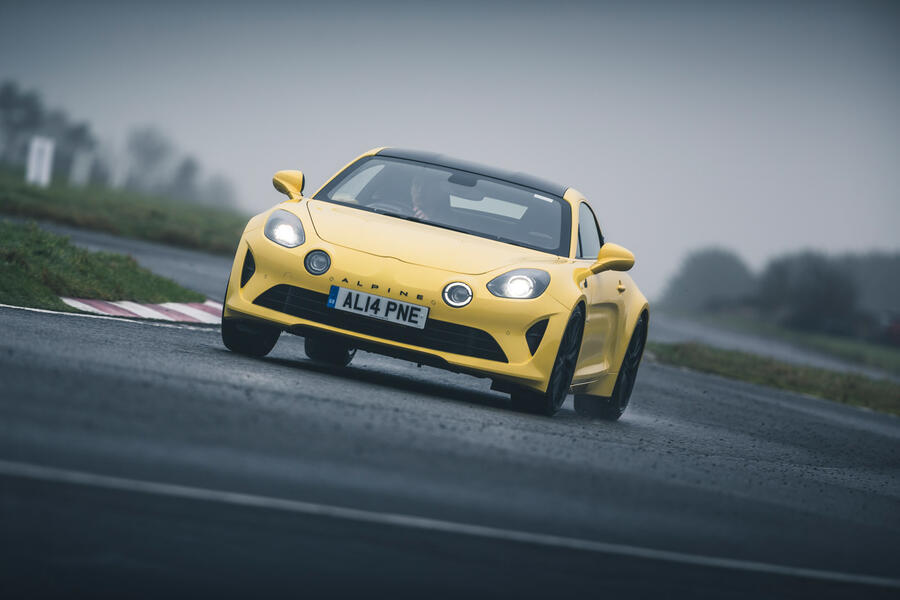
The GT-R has always had a cult status, and the R35 is no different. When it was launched, it was seen as the supercar-killer with a price and pace that defied all conventional wisdom. As it has aged, the cost has crept up to £180,000 – a pretty staggering figure, even given the performance of this latest Nismo edition. But it still manages to justify itself, feeling more exotic than the badge on its nose would indicate.
As you’d expect over such a long time, the development gains between iterations are getting marginal. How does one fewer groove on the Dunlop front tyres sound? That increases the amount of rubber on the road by 11%, apparently...

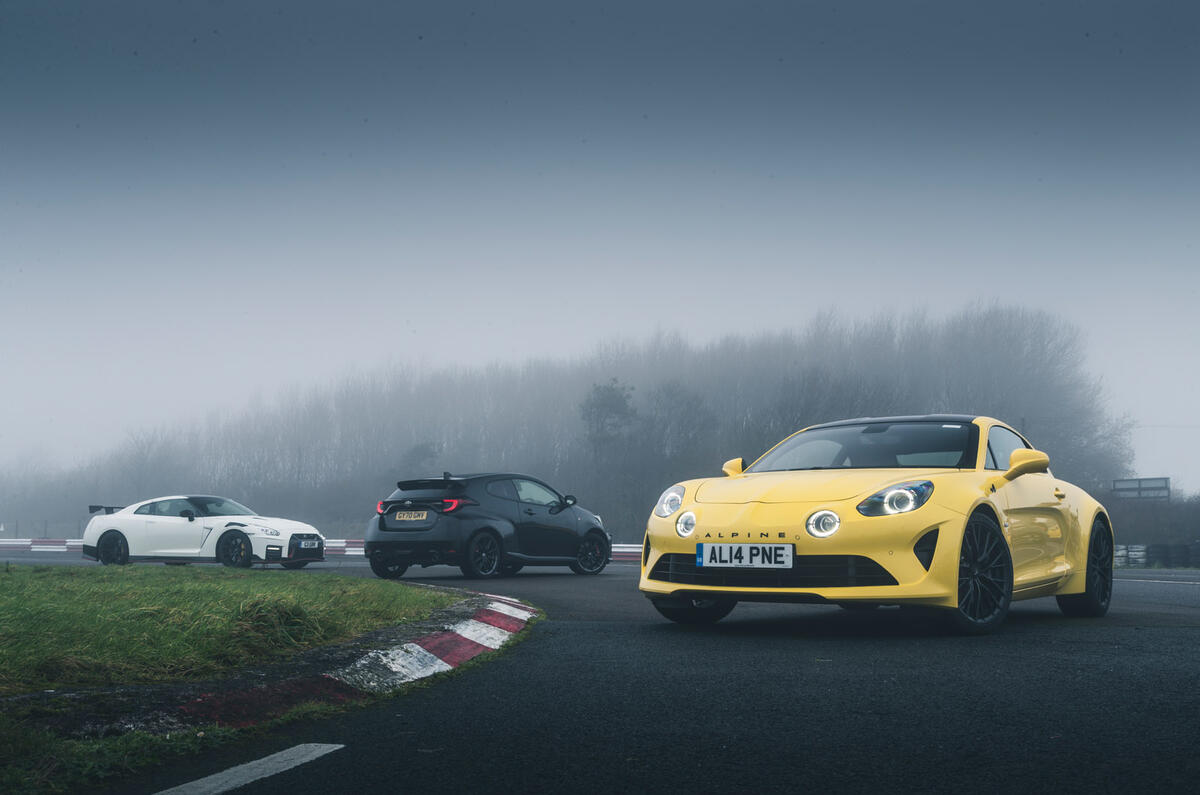
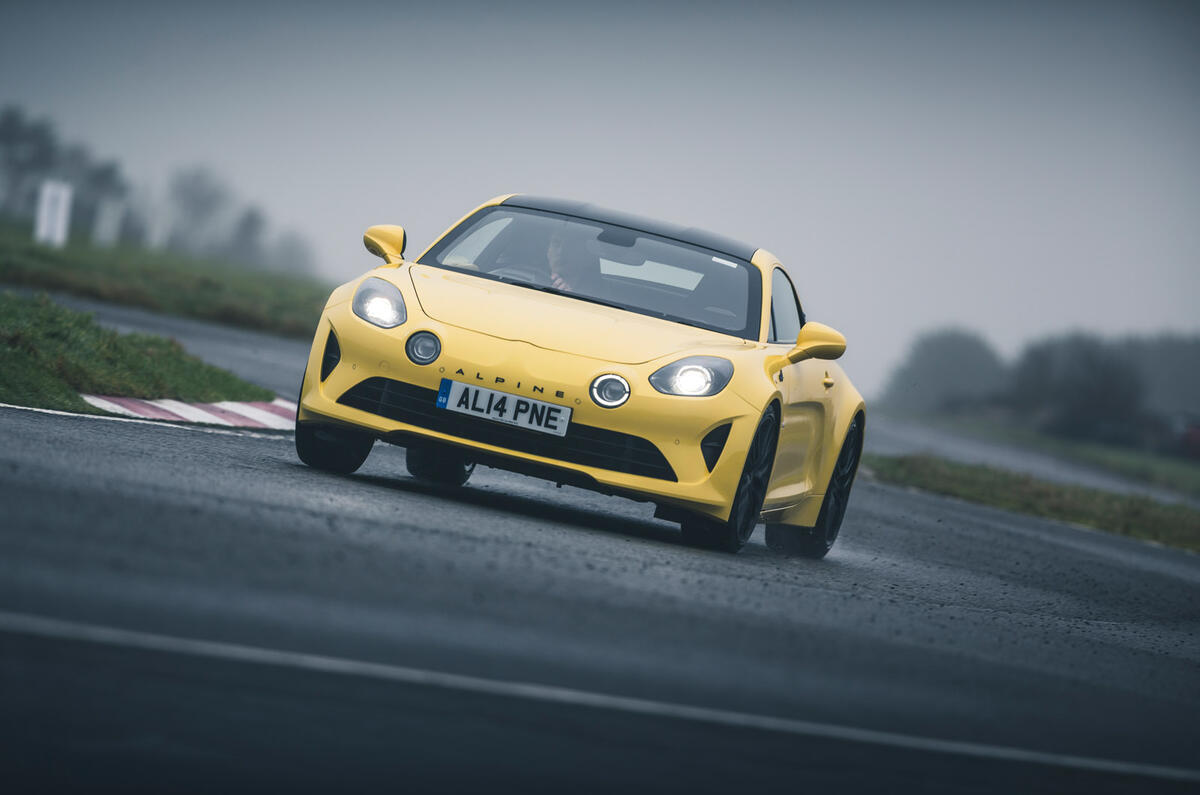
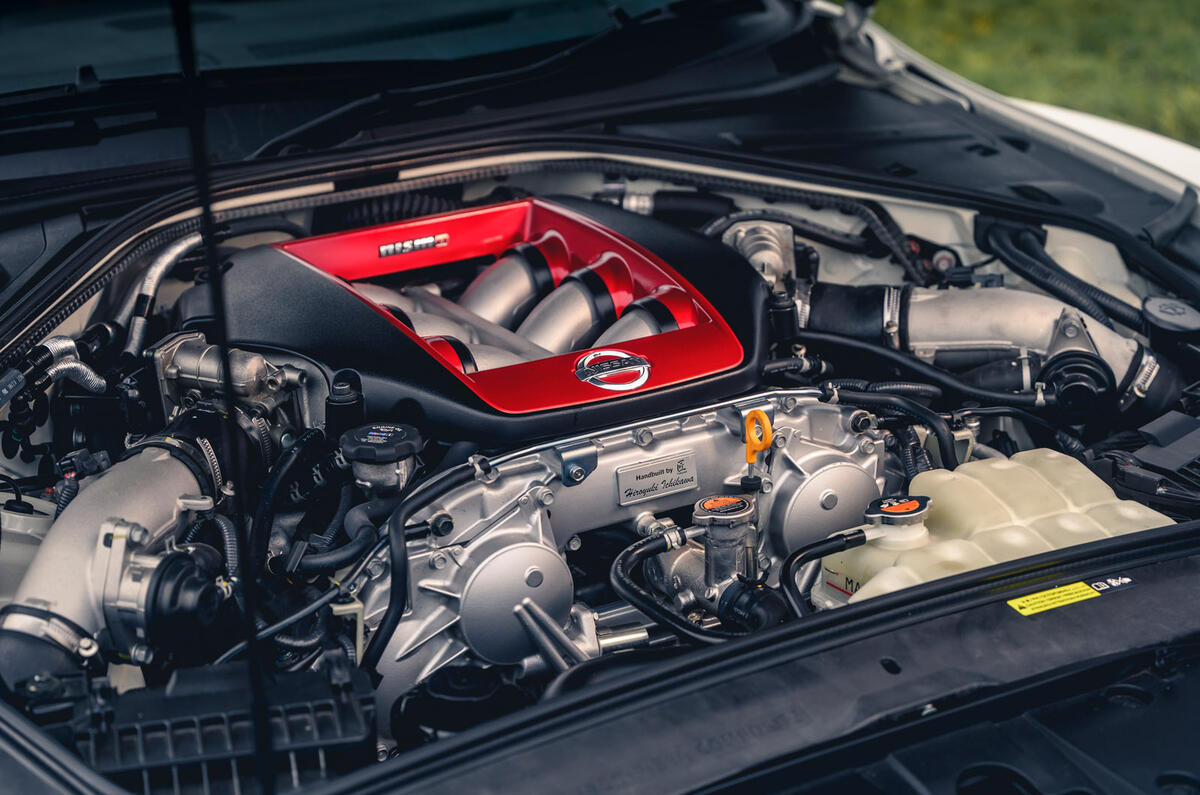

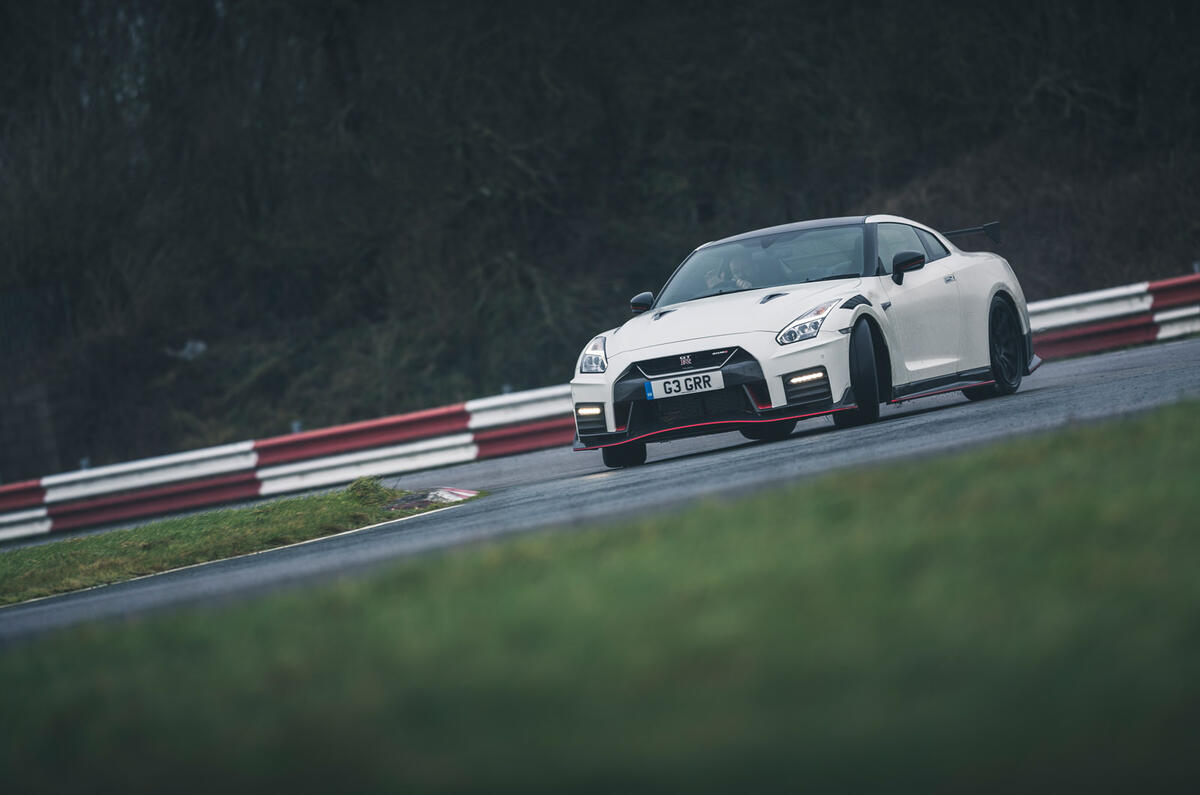
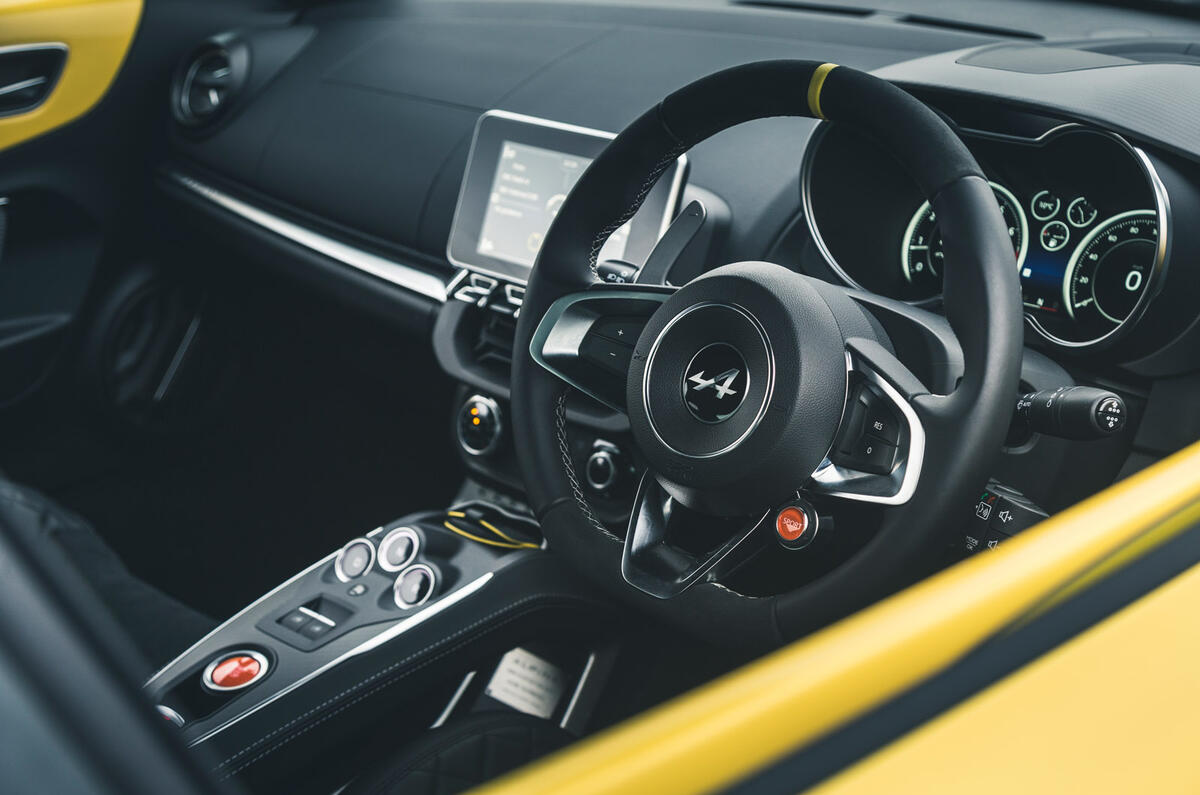
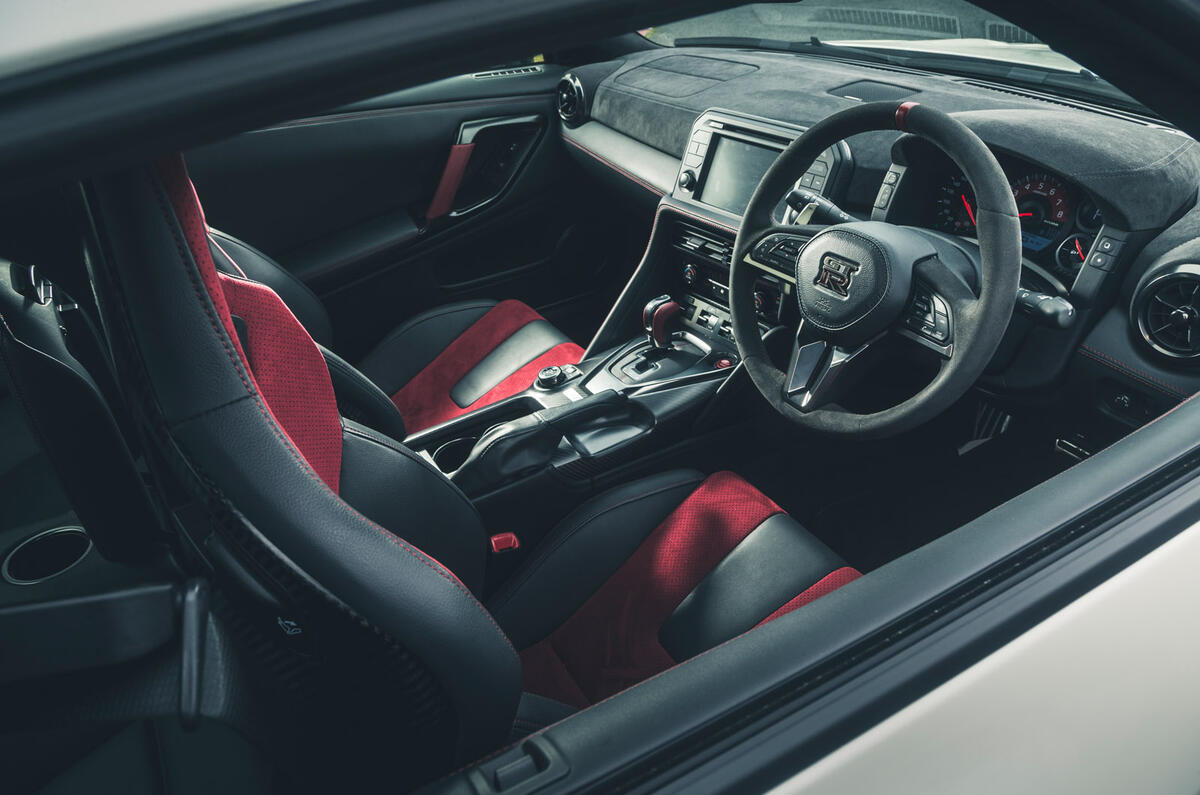
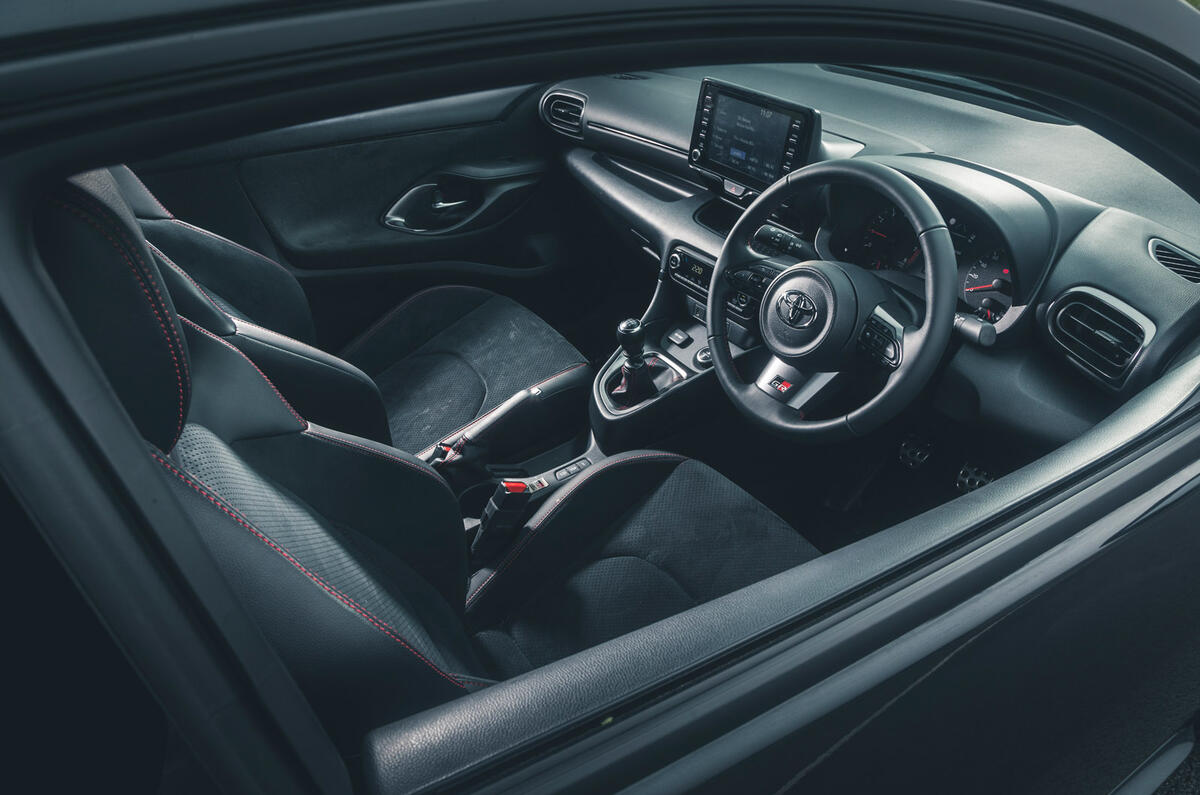

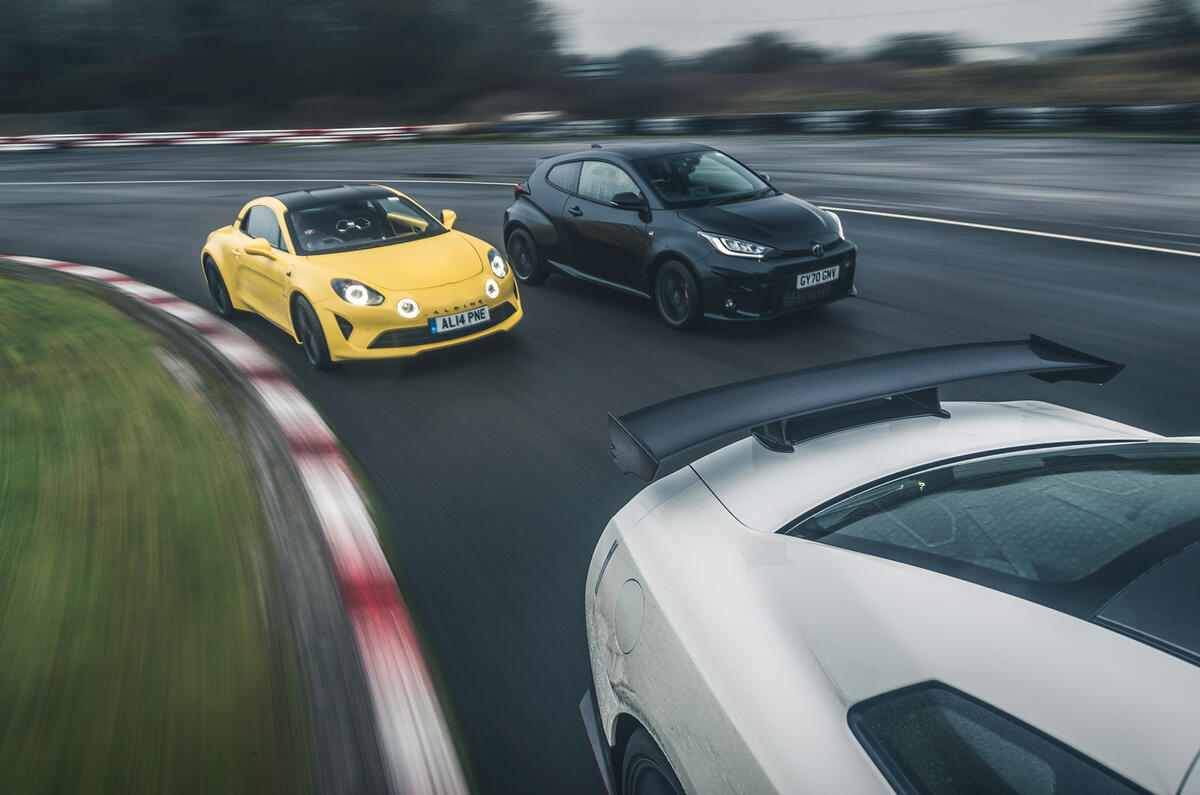
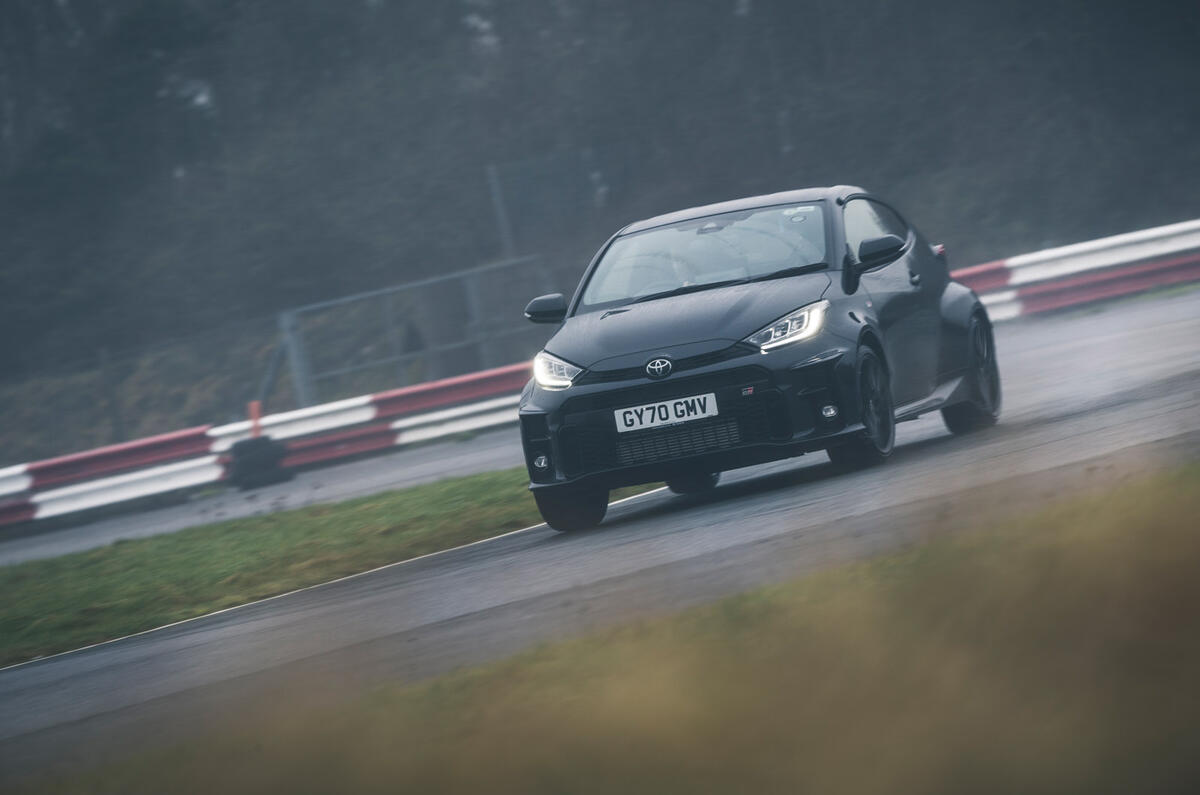












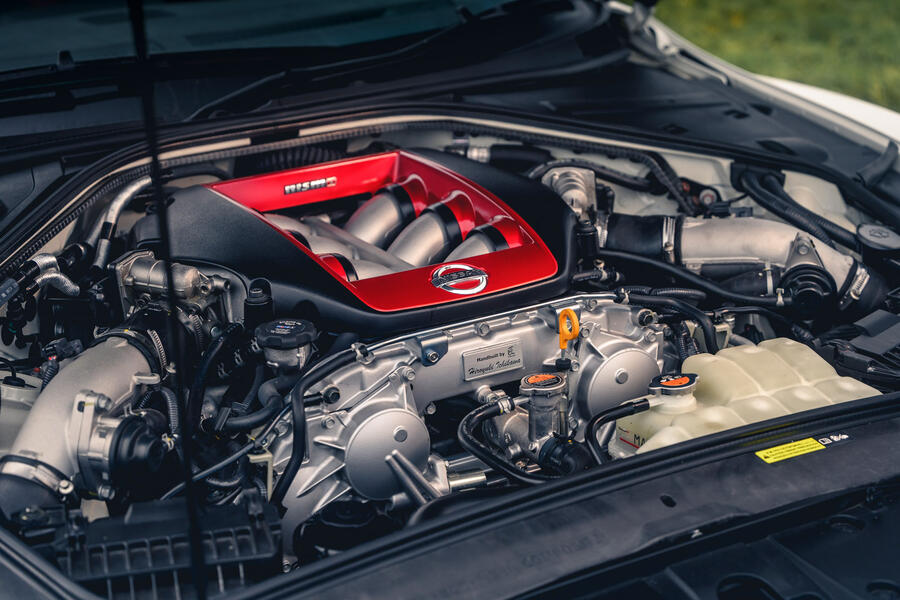
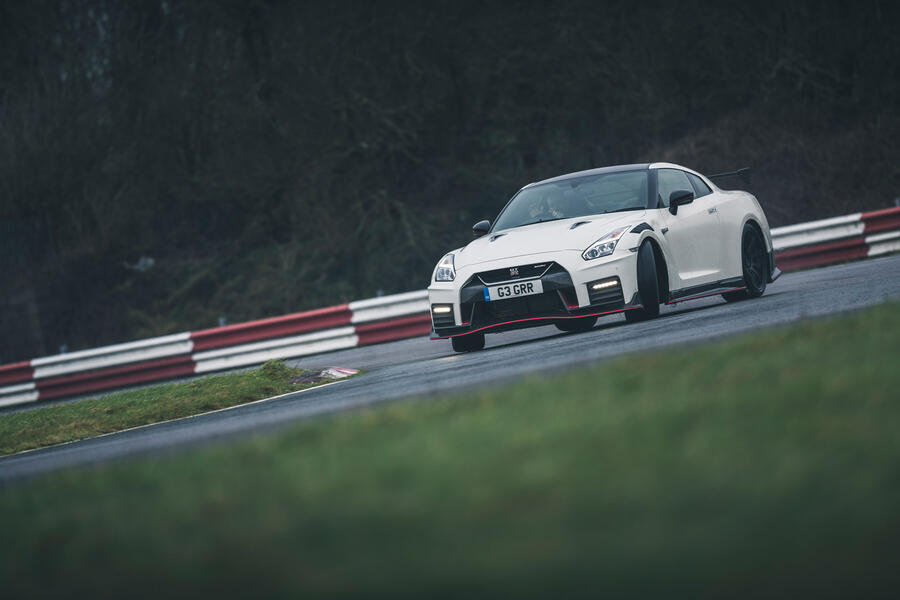
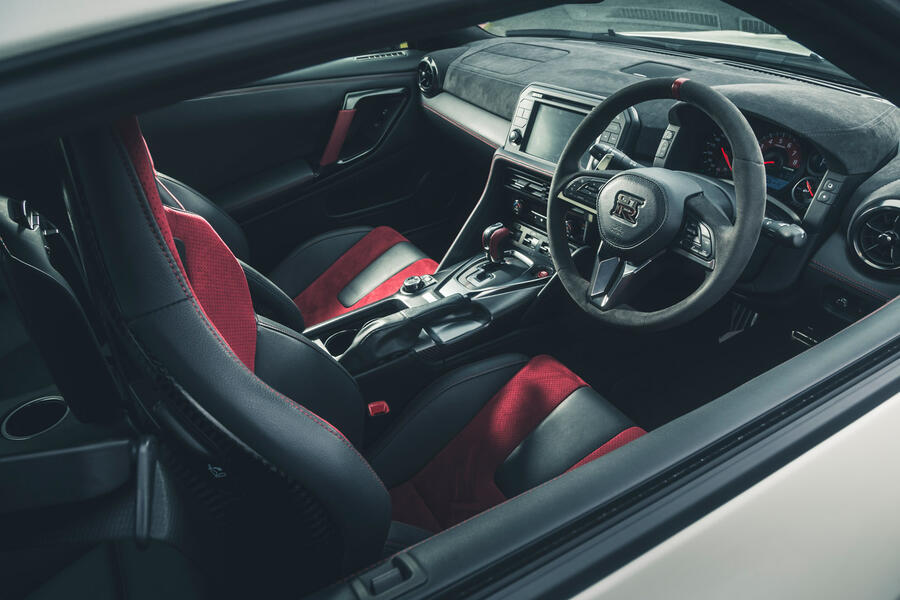
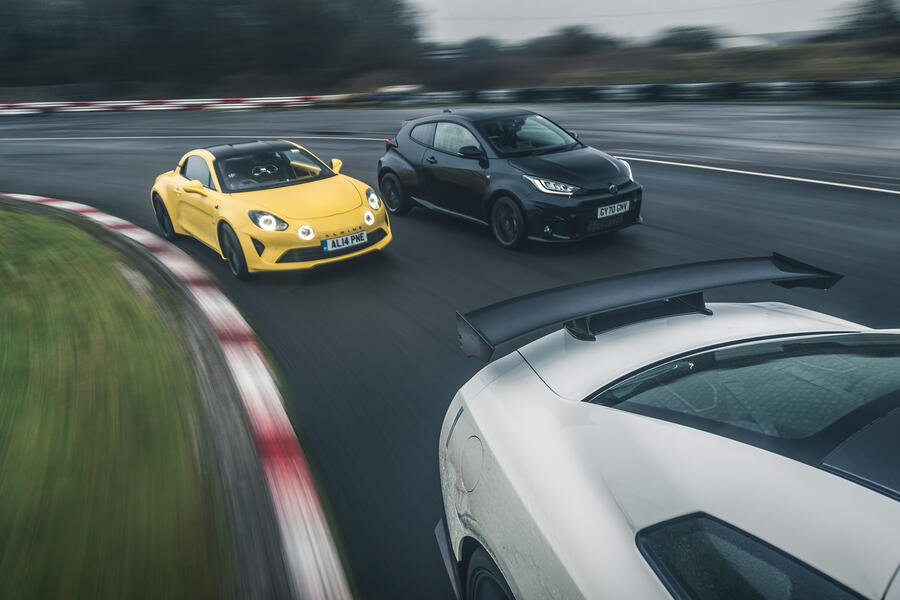

Join the debate
Add your comment